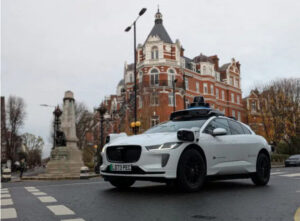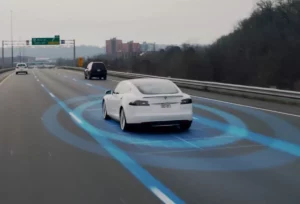Driverless vehicles in America won’t need to have have pedals or steering wheel to meet safety standards in the future.
The US Department of Transportation’s National Highway Traffic Safety Administration has issued new regulation which it says is a “first-of-its-kind final rule” that ensures safety of occupants in automated vehicles. This rule updates the occupant protection Federal Motor Vehicle Safety Standards to account for vehicles that do not have the traditional manual controls associated with a human driver because they are equipped with automated driving systems.
“Through the 2020s, an important part of USDOT’s safety mission will be to ensure safety standards keep pace with the development of automated driving and driver assistance systems,” said U.S. Transportation Secretary Pete Buttigieg. “This new rule is an important step, establishing robust safety standards for ADS-equipped vehicles.”
“As the driver changes from a person to a machine in ADS-equipped vehicles, the need to keep the humans safe remains the same and must be integrated from the beginning,” said Dr. Steven Cliff, NHTSA’s Deputy Administrator. “With this rule, we ensure that manufacturers put safety first.”
Before the new rule, occupant protection standards were written for common, traditional vehicle features, including steering wheels and other manual controls. The rule updates the standards to clarify what is required of manufacturers when applying the standards to ADS-equipped vehicles without traditional manual controls.
The final rule clarifies that, despite their innovative designs, vehicles with ADS technology must continue to provide the same high levels of occupant protection as current passenger vehicles.
This rule is part of NHTSA’s ongoing efforts to ensure the public’s safety as vehicle automation evolves. NHTSA is actively engaged in monitoring and overseeing the safe testing and deployment of these vehicles. NHTSA’s approach to advanced vehicle technologies prioritizes safety across multiple areas, including data collection and analysis, research, human factors, rulemaking and enforcement.
Last summer, NHTSA issued a Standing General Order requiring crash and incident reporting for vehicles equipped with ADS or certain advanced driver-assistance systems. This reporting will help NHTSA investigators quickly identify defect trends that could emerge in these automated systems.
In addition, NHTSA initiated rulemaking last year to set safety standards for automatic emergency braking, a driver-assistance technology that can help avoid crashes with other road users, including pedestrians.
The rule is available here.
(Picture – WMG)






















